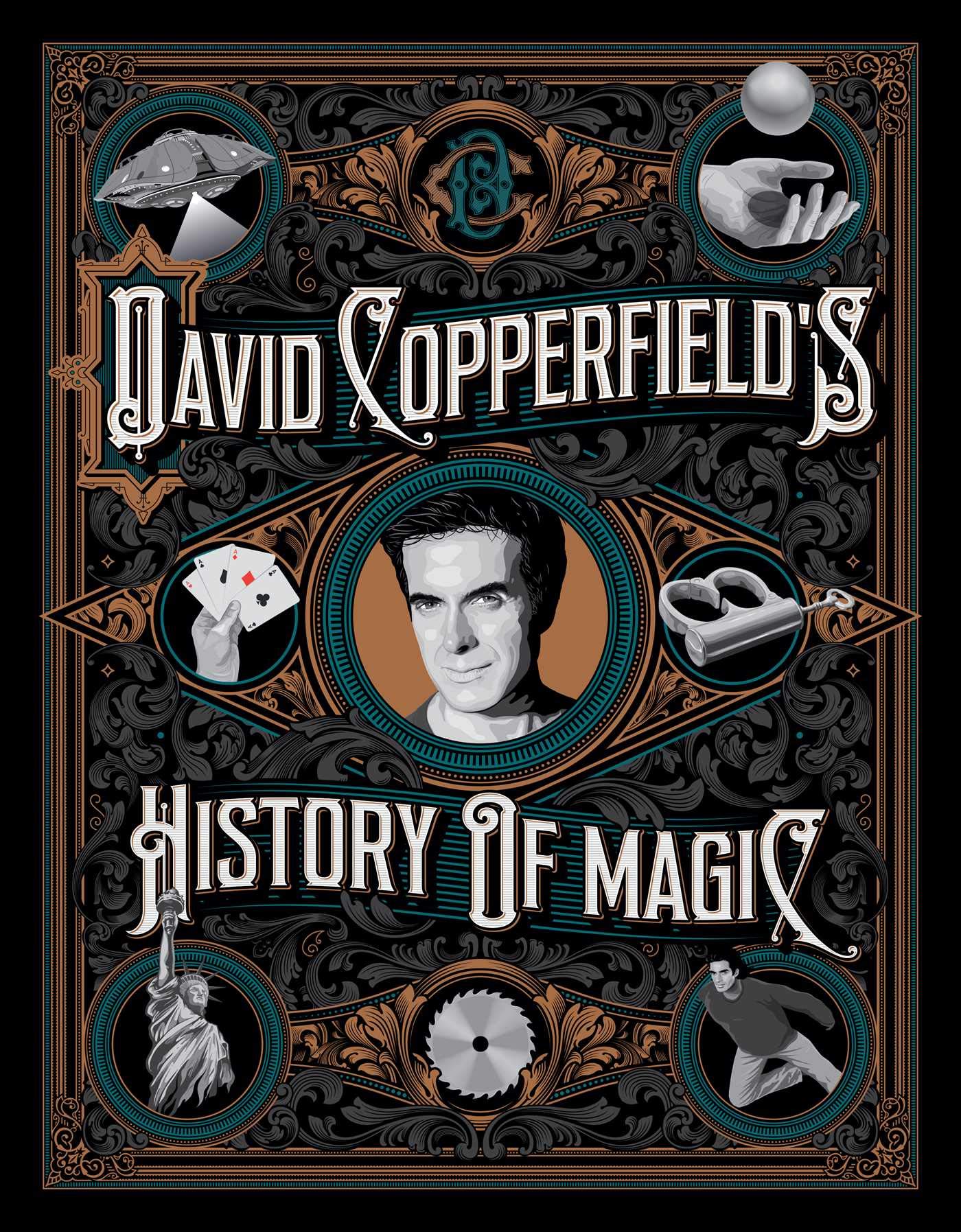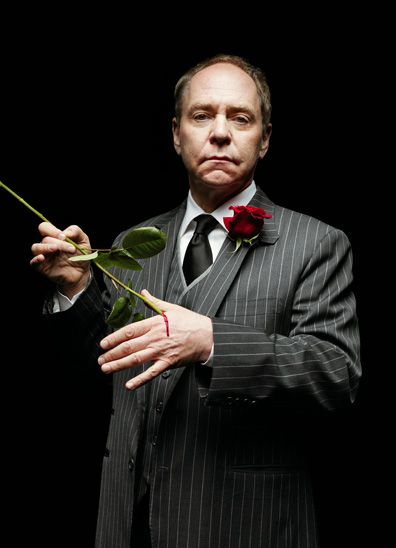
Magic In Theory: This project involved interviewing leading international magicians about the psychology they used to create and perform magic. This work revealed the many ways in which psychology plays in magic, including how magicians manipulate attention, reduce suspicion at key moments during a performance and alter spectators’ memories.
The project was carried out in collaboration with Prof Peter Lamont (University of Edinburgh) and is reported in our book, Magic In Theory. This book was used by bestselling crime writer Jeffery Deaver to write his thriller, The Vanished Man.
Lamont, P. & Wiseman, R. (1999). Magic in Theory: an introduction to the theoretical and psychological elements of conjuring. Hatfield, UK: University of Hertfordshire Press (US edition: Hermetic Press).

David Copperfield’s History of Magic: I worked with legendary magician David Copperfield to produce this illustrated and illuminating guide to the history of magic.
Based on exhibits in Copperfield’s secret museum, this book profiles twenty-eight of the world’s most groundbreaking magicians, and their incredible stories are complimented by over 100 never-before-seen photographs of artifacts from Copperfield’s exclusive Museum of Magic, including a 16th-century manual on sleight of hand, Houdini’s straightjackets, a high-tech mind reading turban, and coins that may have magically passed through the hands of Abraham Lincoln.

Blink and you’ll miss it: This work explored the role of blinking in the perception of magic, and was carried out in collaboration with Tamami Nakano (Osaka University).
We asked participants to watch a video of a magic trick performed by Teller (half of Penn and Teller) whilst infrared tracking equipment recorded when they blinked. Two experienced magicians identified when Teller was performing secret actions which were vital to the trick. The timings of participants’ blinking tended to coincide with the secret actions, explaining one of the reasons why people are fooled by magicians.
The work is reported here.
A NEW CHAIR ILLUSION: The Beuchet chair illusion was created by psychologist Jean Beuchet in the 1960s, and is used in museums all over the world to make people appear to be tiny.
The illusion involves building a large chair back and seat, and a carefully crafted chair base.
We realised that the same effect could be created with a small cut out of a chair and a piece of cloth! Here is his chair in action and a reveal showing the size of the chair. It took a huge amount of time to create just the right shape of chair, but the illusion works well, can be made for just a few pounds, and is ultra-portable.
This work is described here.
MONTY PYTHON: We noted that a striking example of the phenomenon appears in the British comedy series “Monty Python’s Flying Circus.” In one sketch, viewers watch a conversation between two soldiers, and fail to see several other characters dressed in highly incongruous costumes, including that of a nun wearing a large white hat, a Greek Orthodox priest, and a Viking. We carried out studies to examine some of the factors that case viewers to experience inattention blindness.
This work is reported here.


